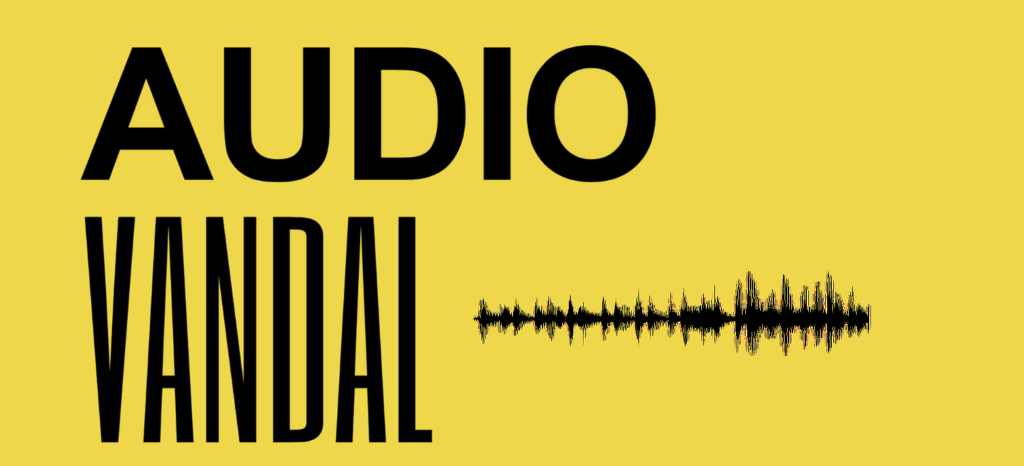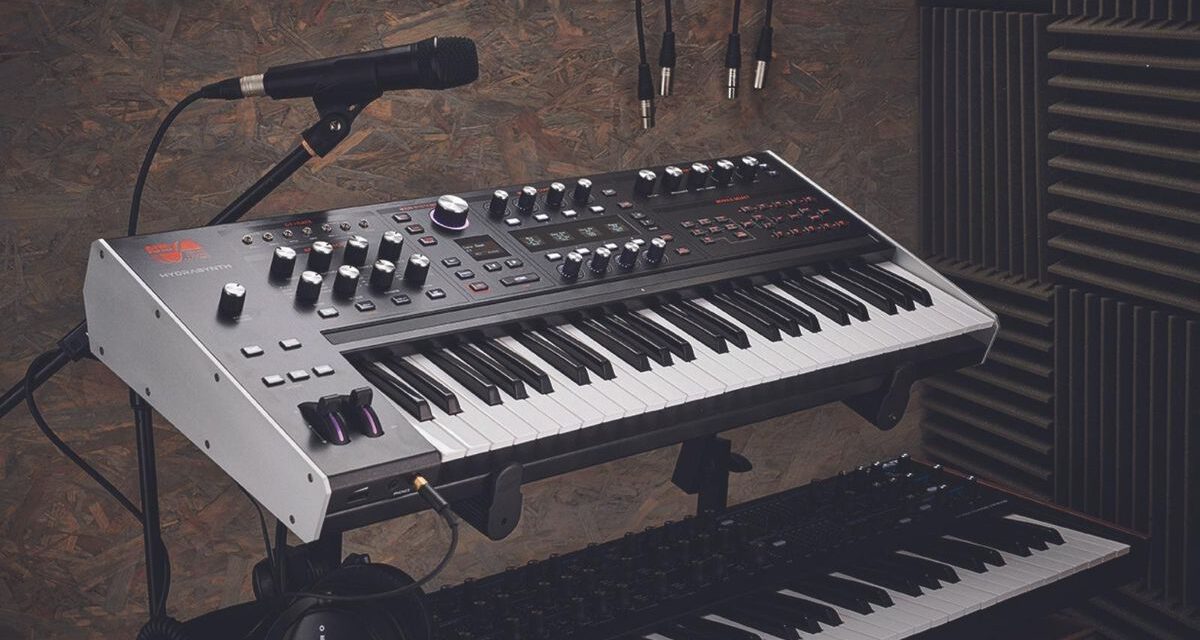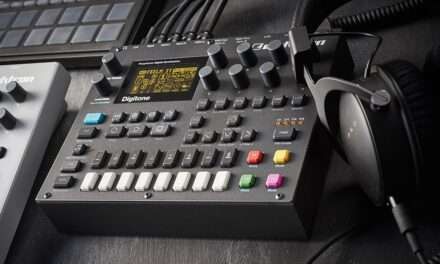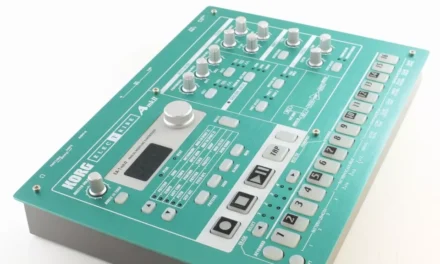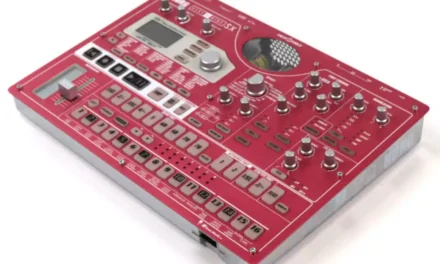Introduction
Synthesizers have revolutionized music production, offering musicians, producers, and sound designers unparalleled creative freedom. These electronic instruments generate sound through various synthesis methods, allowing artists to craft unique timbres and textures that enhance their music. This guide delves into the core components of synthesizers, explores different synthesis methods, and discusses advanced sound design techniques. Whether you’re a beginner or a seasoned professional, understanding synthesizers is essential for unlocking new sonic possibilities.
Core Components of a Synthesizer
Oscillators (VCO/DCO)
Oscillators are the fundamental sound sources of a synthesizer. They produce waveforms such as sine, square, sawtooth, triangle, and pulse, which serve as the foundation for sound creation. Pitch control and tuning allow for precise adjustment of the oscillator’s output, enabling musicians to create a wide range of tones.
Filters
Filters are crucial for shaping the tonal character of a sound. Common types include low-pass, high-pass, band-pass, and notch filters. The cutoff frequency determines which frequencies are allowed to pass through, while resonance amplifies specific frequencies, often creating a buzzier sound. Filters are essential in subtractive synthesis, where they remove unwanted harmonics from rich waveforms to reveal the desired sound.
Amplifiers (VCA)
Amplifiers control the volume of the sound and shape its envelope over time. The amplifier interacts with other components, such as envelopes, to dynamically adjust the sound’s level. This interaction is vital for creating expressive and evolving sounds.
Envelopes (ADSR)
Envelopes define how a sound changes over time through four stages: Attack, Decay, Sustain, and Release. These stages allow sound designers to craft sounds that evolve dynamically, adding depth and emotion to their music.
Low-Frequency Oscillators (LFOs)
LFOs are used for modulation, creating effects like vibrato, tremolo, and filter sweeps. Common LFO waveforms include sine, square, triangle, and random. LFOs add movement and interest to sounds, making them more engaging and dynamic.
Modulation Matrix
The modulation matrix allows users to route modulation sources to various destinations, offering immense creative possibilities. By linking LFOs, envelopes, or other sources to parameters like filter cutoff or oscillator pitch, sound designers can create complex, evolving textures.
Effects
Built-in effects such as reverb, delay, chorus, and distortion enhance sounds by adding depth, width, and character. These effects can transform a basic sound into a rich, atmospheric texture, perfect for various musical genres.
Synthesis Methods
Subtractive Synthesis
Subtractive synthesis is the most common method, involving the use of filters to remove unwanted harmonics from rich waveforms. This technique is associated with classic analog synthesizers and is widely used for creating a variety of sounds.
Additive Synthesis
Additive synthesis involves building complex sounds by adding multiple sine waves together. While theoretically capable of producing any sound, this method is less common due to its complexity.
Frequency Modulation (FM) Synthesis
FM synthesis uses one oscillator to modulate the frequency of another, creating unique timbres. The Yamaha DX7 is an iconic FM synthesizer known for its distinctive sounds.
Wavetable Synthesis
Wavetable synthesis involves scanning through a series of pre-recorded waveforms, creating dynamic, evolving sounds. This method is popular in modern digital synthesizers like Serum and Massive.
Granular Synthesis
Granular synthesis breaks sound into tiny grains and manipulates them, often used in experimental sound design for creating unusual textures.
Physical Modeling Synthesis
Physical modeling simulates real-world instruments using mathematical models, allowing for realistic reproductions of acoustic sounds.

